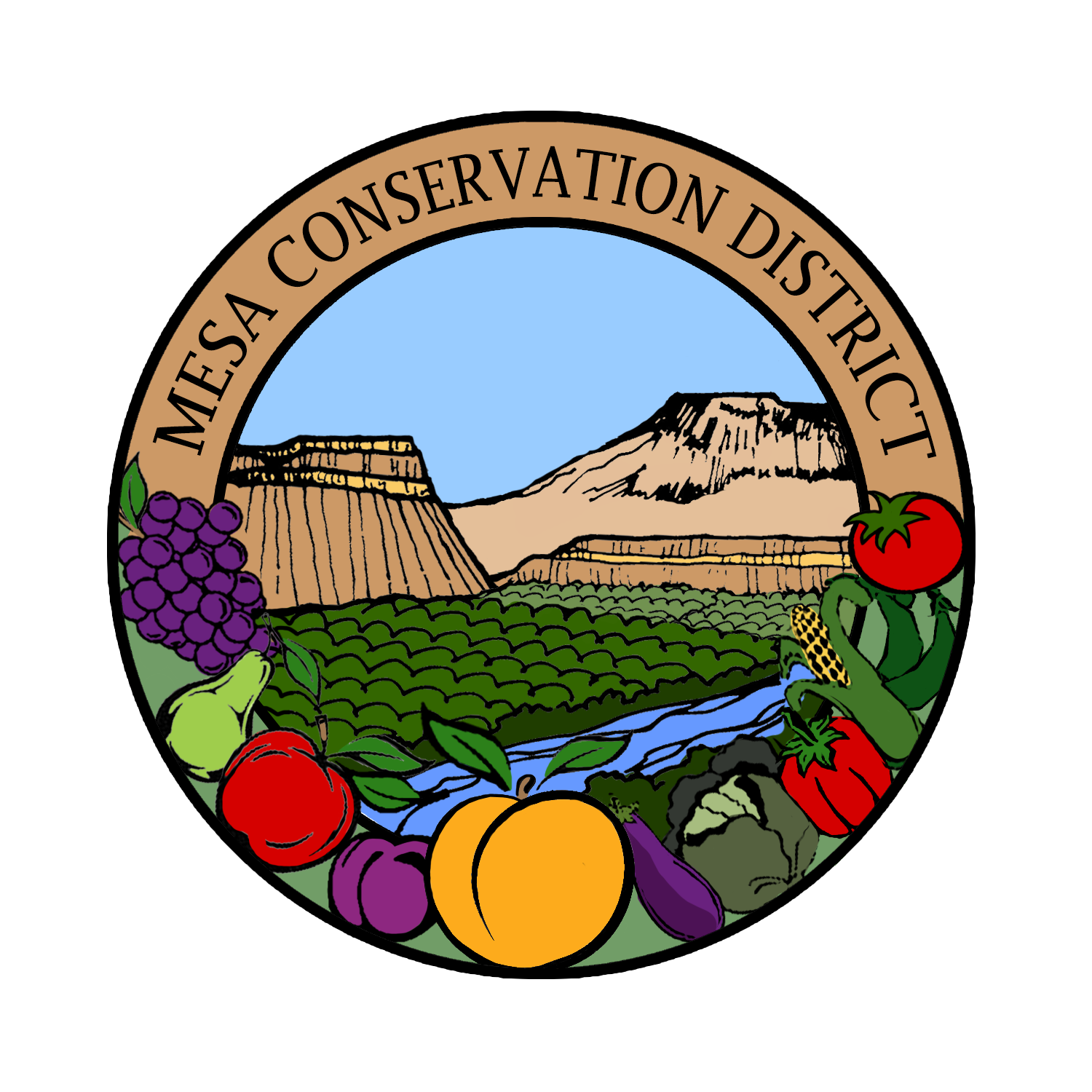
2023 Local Work Group
Each year Mesa Conservation District is tasked with hosting a ‘Local Work Group’ in order to gather a list of priority natural resource concerns for our area. This information is collated and passed on to NRCS (Natural Resource Conservation Services). They use this data to help them determine funding priorities for our region.
This year our Local Work Group hosted a hybrid meeting on Wednesday May 3. Over 20 stakeholders participated and the meeting was facilitated by Chad Cherefko, our NRCS Area 1 Regional Field Specialist.
We were excited to be able to utilize data gathered during our Exploratory Scenario Planning Project in March and April, 2023.
The group came up with a working Vision for our Local Work Group and we used that to guide us in identifying the 12 natural resource concerns that keep us up at night.
You can view the notes from our meeting here: PDF LWG meeting notes
Our goal is to narrow those 12 concerns down to our top 3 resource concerns and identify where we see these things occurring in our area. This data will help NRCS prioritize projects and funding for fiscal year 2024 and also guide MCD and our Task Force in determining which projects we need to tackle this year.
Please follow the links below to see the agenda from our meeting, and stay tuned for an update on the results of the process in 2023.
Andrea Datz
District Manager
970-640-9880
What is a Local Work Group?
Rooted in the locally-led conservation process, Local Work Groups (LWG) make the connection between Conservation Districts, NRCS, State, local partners, and producers to work through an assessment of current natural resource concerns in a given area or region and to identify opportunities and challenges that NRCS and partners can address through their conservation programs. This input helps guide local decision making and can influence state, regional and national program, and policy development.
In accordance with 7 CFR Part 610, Subpart C, Local Work Groups are subcommittees of the State Technical Committee and provide recommendations to USDA on local and state natural resource priorities and criteria for conservation activities and programs. This process can also be valuable to local and state leaders in the development of priorities, programs and policies.
